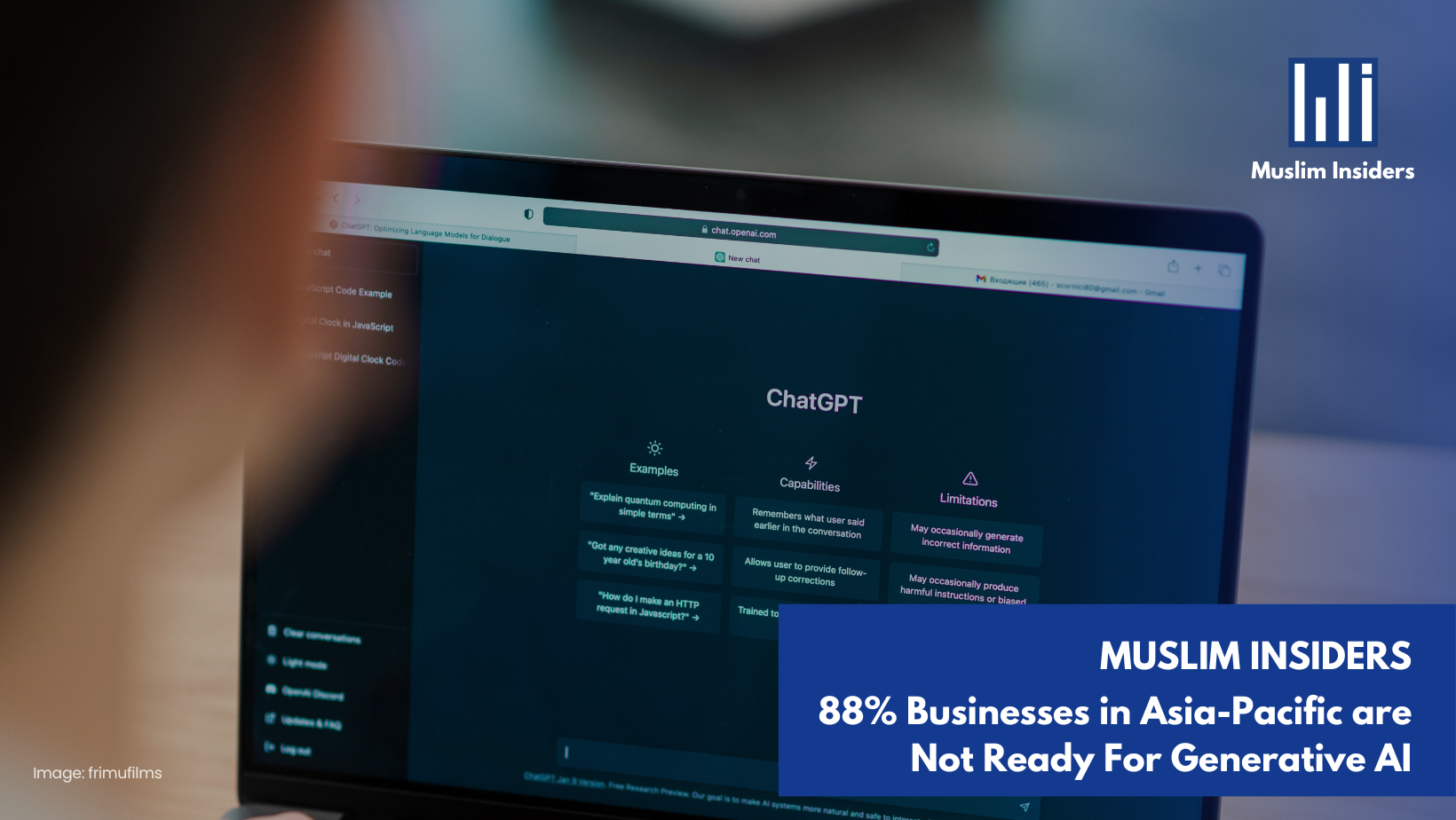
According to the State of Digital Customer Experiences Across APAC report by Adobe Experience Cloud, a majority of organizations either have no plan or have not started to use generative AI. The report surveyed 375 C-suite executives in Japan, Singapore, India, Malaysia, Thailand, Australia and New Zealand.
More than half of organisations have consulted to guide the AI journey, examined infrastructure to check feasibility and even conducted research on industry case studies to identify their best practices and whether to adopt AI or not.
So, what is the problem here? Despite knowing what the steps are towards generative AI adoption, the amount of AI adoption is less than expected. According to the report, only 6% have created policies to ensure that AI is being used responsibly.
What hinders their AI adoption?
Businesses in the Asia-Pacific (APAC) region are cautious about deploying generative AI until the technology becomes more mature and scalable to meet their specific needs. They stress the need to include ethical standards in AI software and focus on ethical concerns during development and use. They also worry about security, especially protecting data and IT systems, which hinders AI integration, especially in Australia, Japan, and Thailand. APAC businesses want generative AI to grow, follow strong ethical rules, and handle security issues before they fully use it.
According to Adobe, the organizations could bridge the gap by:
- Investing in tools that work well with your current technology setup. It could include goals to enhance the customer journey, automate personalisation engines and improve customer data platforms.
- Setting up more advanced ways to improve how customers interact with your business, like having specific teams focused on customer experience and using systems to manage workflows.
- Speeding up efforts to use generative AI to create better experiences for customers who really want it.
- Make sure the plans for using generative AI are clear, secure, and safe. This helps ease any worries customers might have about AI.
Generative AI in your workplace
Take a look at your own organization. Does your organization already implement generative AI in your daily work tasks? It could be using AI assistant tools such as ChatGPT, Google Bard and Copilot. If you haven’t, maybe you are in organizations that are not yet ready for generative AI.
If you ever wonder what your daily work might look like with the adoption of AI, here are some examples of situations:
- Automated Tasks: As an administrative assistant, Ali uses AI-powered software to automate data entry, scheduling, and basic customer inquiries for administrative assistants so that they can focus on tasks such as analyzing reports and providing personalized support to clients.
- Personalized Recommendations: As a marketing analyst, Sarah utilizes AI-powered systems to analyze customer data and tailor personalized product recommendations, ensuring that each customer receives tailored offers based on their preferences and behavior.
- Predictive Maintenance: Keith, a maintenance technician in a manufacturing plant, uses AI-generated alerts to predict equipment failures, enabling him to schedule proactive maintenance tasks and minimize production downtime.
Being ready for AI can be quite challenging without a proper understanding of AI or customer expectations towards the technology. Organizations must also pay attention to their own values, attitudes, and approaches towards technology within their organizations. By understanding where AI could be put into place to align with business goals, this can bridge the gap, which will result in an improvement in an organization’s efficiency. Organizations also must keep in mind the impacts on society and the environment when using generative AI.




